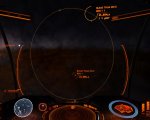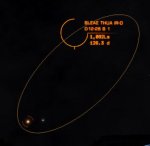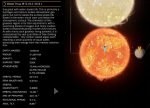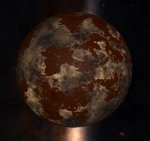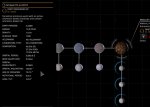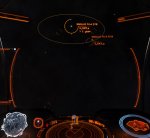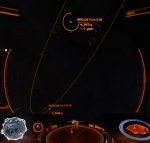During the news of a possible ninth planet in our solar system (http://news.nationalgeographic.com/2016/01/150119-new-ninth-planet-solar-system-space/) I came across a diagramm of objects already identified that do not have the single plane orbits of the major planets.
See here: https://en.wikipedia.org/wiki/2013_BL76#Comparison

Are such orbits already in game, could they be, will they be? I do find the standard planar orbits rather monotonous during exploration.
See here: https://en.wikipedia.org/wiki/2013_BL76#Comparison

Are such orbits already in game, could they be, will they be? I do find the standard planar orbits rather monotonous during exploration.

